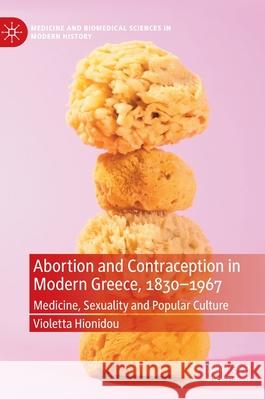Abortion and Contraception in Modern Greece, 1830-1967: Medicine, Sexuality and Popular Culture » książka
topmenu
Abortion and Contraception in Modern Greece, 1830-1967: Medicine, Sexuality and Popular Culture
ISBN-13: 9783030414894 / Angielski / Twarda / 2020 / 361 str.
Abortion and Contraception in Modern Greece, 1830-1967: Medicine, Sexuality and Popular Culture
ISBN-13: 9783030414894 / Angielski / Twarda / 2020 / 361 str.
cena 361,42
(netto: 344,21 VAT: 5%)
Najniższa cena z 30 dni: 346,96
(netto: 344,21 VAT: 5%)
Najniższa cena z 30 dni: 346,96
Termin realizacji zamówienia:
ok. 22 dni roboczych
Dostawa w 2026 r.
ok. 22 dni roboczych
Dostawa w 2026 r.
Darmowa dostawa!
Kategorie BISAC:
Wydawca:
Palgrave MacMillan
Seria wydawnicza:
Język:
Angielski
ISBN-13:
9783030414894
Rok wydania:
2020
Wydanie:
2020
Numer serii:
000796561
Ilość stron:
361
Waga:
0.77 kg
Wymiary:
21.01 x 14.81 x 3.02
Oprawa:
Twarda
Wolumenów:
01
Dodatkowe informacje:
Wydanie ilustrowane











